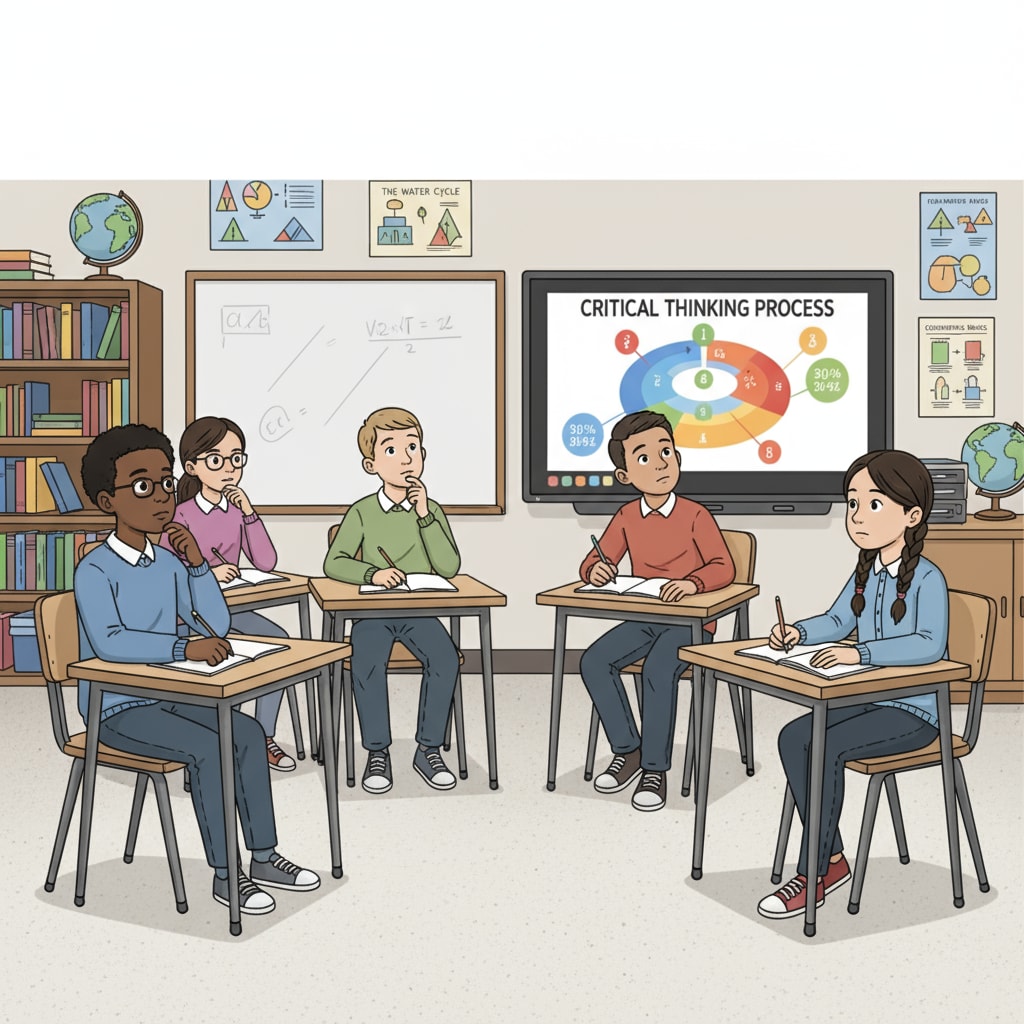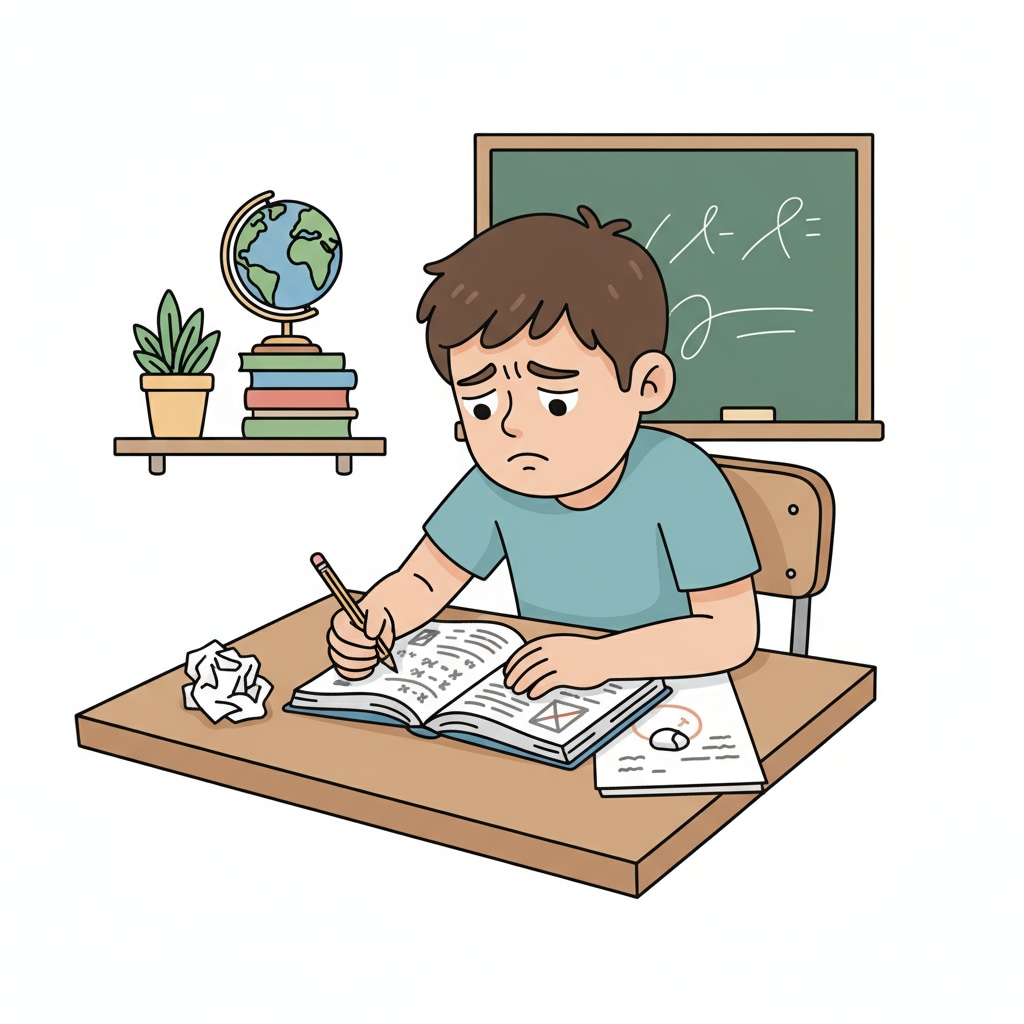Intellectual disability, self-doubt, and feelings of intellectual inadequacy are common concerns among K12 students. Many young learners find themselves questioning their intellectual capabilities, which can significantly impact their academic performance and overall well-being. In this article, we will explore the reasons behind these self-doubts and discuss how educators and parents can assist students in developing a positive self-image and realizing their full potential.

The Origins of Self-Doubt
Self-doubt often stems from various factors. Academic pressure is a major contributor. In the competitive environment of K12 education, students may feel overwhelmed by high expectations, leading to feelings of intellectual inadequacy. For example, if a student struggles to keep up with the curriculum or receives poor grades, they might start to doubt their intelligence. Social comparison also plays a role. When students see their peers excelling, they may question their own abilities. According to American Psychological Association research on self-esteem, such comparisons can erode self-confidence.
Recognizing the Signs
It’s crucial for educators and parents to be aware of the signs of self-doubt. Students may exhibit a lack of motivation, avoid challenging tasks, or show a decline in academic performance. They might also express negative thoughts about themselves, such as “I’m not smart enough.” These signs indicate that students are grappling with intellectual self-doubt. Understanding these cues allows adults to intervene early and provide the necessary support.

Educators can play a vital role in helping students overcome self-doubt. By creating a supportive classroom environment, teachers can foster a sense of belonging and confidence. They can encourage students to take risks, celebrate their successes, and provide constructive feedback. Parents, too, have a significant role. By offering emotional support, setting realistic expectations, and emphasizing effort over outcome, parents can help their children build a healthy self-concept. Together, educators and parents can guide students towards a more positive view of their intellectual abilities and unleash their learning potential.
Readability guidance: This article uses short paragraphs and lists to summarize key points. Each H2 section provides relevant information. The proportion of passive voice and long sentences is controlled, and transition words are used throughout to enhance readability.


